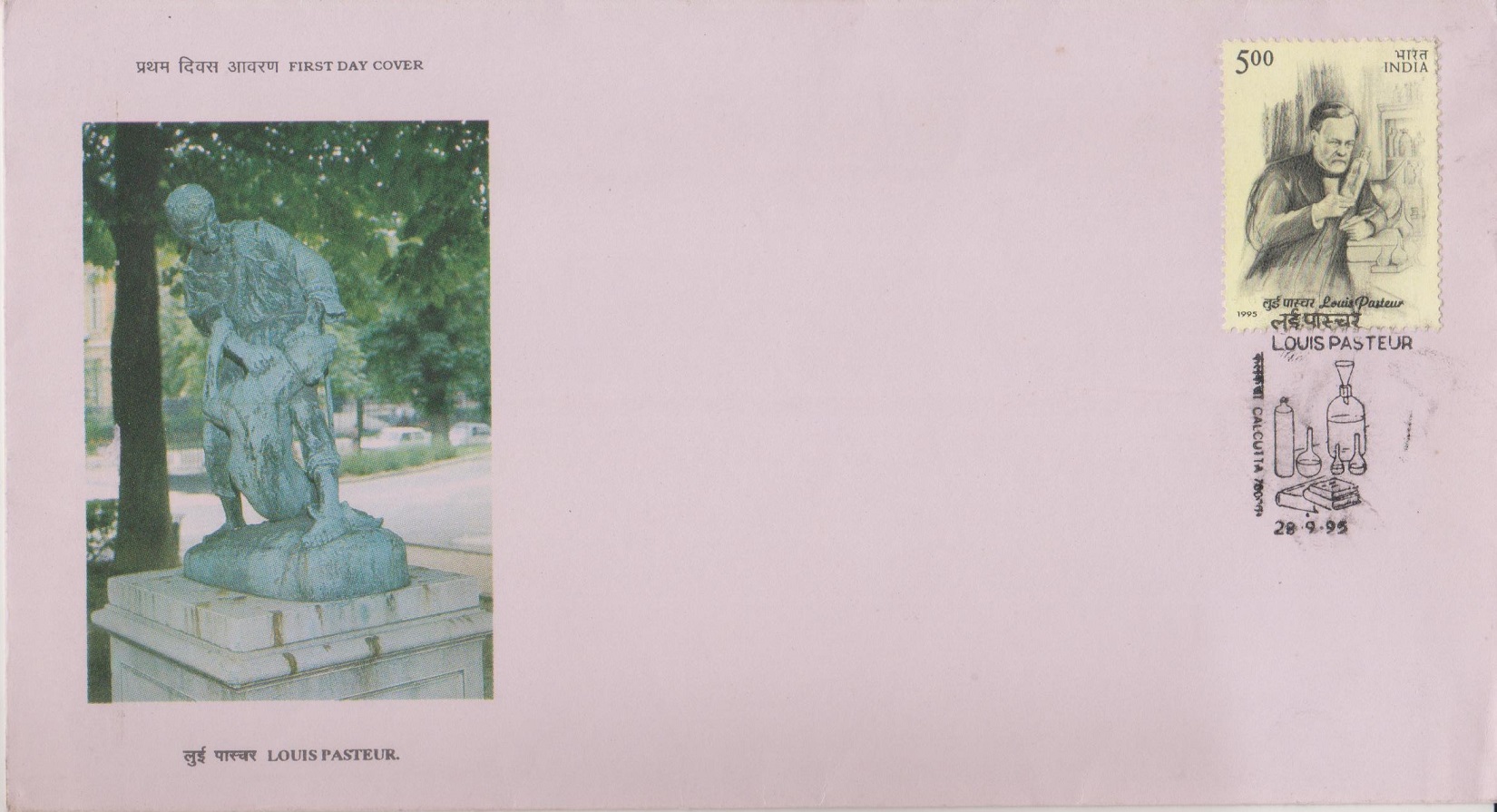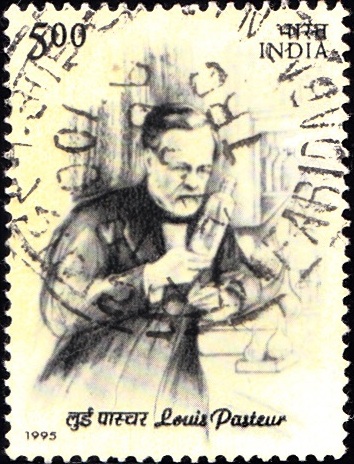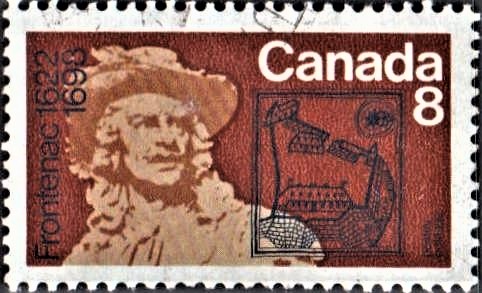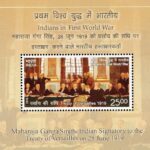
India on Louis Pasteur
A commemorative postage stamp on the Death Centenary of French biologist & chemist, Louis Pasteur, discovered principles of vaccination, microbial fermentation and pasteurization :

 Issued by India
Issued by India
Issued on Sep 28, 1995
Design : The stamp depicts Louis Pasteur at work originally depicted by Edelfelt (a Finnish painter) recreated in a charcoal sketch. The first day cover is a bronze statue of young Jupille, vaccinated against rabies by Pasteur. The statue by Truffaut stands in the Institut Pasteur, Paris.
Courtesy : Institut Pasteur, Paris, France for all materials of stamp, FDC and Write up.
Charcoal sketch : Sankha Samantha
Cancellation : Alka Sharma
Type : Stamp, Postal Used
Colour : Two Colour
Denomination : 500 Paise
Overall size : 3.91 x 2.90 cms.
Printing size : 3.91 x 2.90 cms.
Perforation : 13 x 13
Paper : Imported un w/m Adhesive Gravure Coated Stamp Paper in sheets of size 53.5 x 50.8 cms.
Numbers of stamps Printed : 0.6 Million
Number per issue sheet : 35
Printing Process : Photogravure
Printer : India Security Press, Nasik
Name : Louis Pasteur
Born on Dec 27, 1822 at Dole, France
Died on Sep 28, 1895 at Marnes–la–Coquette, France
About :
- Over the course of 50 years Louis Pasteur’s discoveries revolutionised chemistry, agriculture, industry, medicine, surgery and hygiene. These discoveries also greatly changed the human condition, and his brilliance and rigorous methods advanced both science and its techniques. In the work of Pasteur, each discovery is a link in an uninterrupted chain, from molecular asymmetry to the prevention of rabies via fermentation, silkworm, wine and beer diseases, sterilization and virus/vaccines.
- In 1847 he formulated a fundamental law: asymmetry differentiates the organic world from the mineral world; in other words, molecular asymmetry is the mark of life. His work became the basis of a new science – stereochemistry (or three-dimensional chemistry).
- In studying fermentation, he demonstrated that each sort of fermentation is linked to the existence of a specific micro-organism, cultivating it in an appropriate, sterile medium. This is the basis of microbiology.
- Pasteur negated the doctrine of spontaneous generation; he also developed a theory on germs. At the same time, his discovery of anaerobic life paved the way for the study of germs of septicaemia and gangrene among other infections. Thanks to Pasteur, it became possible to devise techniques to kill microbes and to control contamination. Pasteur demonstrated that wine diseases are caused by microorganisms which could be killed by heating the wine to 55°C. Applied to beer and milk, this process called “Pasteurization” soon came into worldwide use.
- Pasteur’s study of silkworm diseases led to the discovery of the infectious agents and revealed transmission of these diseases and how to prevent them, an elaboration on his study of fermentation. He was able to confirm that each disease has its microbe and that the microbes are foreign elements. He established the basic rules of sterilization (asepsis) which became critical for surgery and obstetrics.
- From 1877 to 1887, Pasteur employed these bases of microbiology in the battle against infectious diseases. He went on to discover successively staphylococcus, streptococcus and pneumococcus.
- He discovered the method for the attenuation of virulent micro-organisms and then developed vaccines against chicken pox, cholera, anthrax and swine erysipelas. On July 6, 1885, for the first time, he tested his pioneering rabies treatment on man; the young Joseph Meister was saved.
- On March 1, 1886 Pasteur presented his result to the Academy of Sciences and called for the creation of a rabies vaccine centre. A huge international public drive for funds financed the construction of the Institut Pasteur. In accordance with Pasteur’s wishes, the Institute was founded as a clinic for rabies treatment, a research centre for infectious disease and a teaching institution, Louis Pasteur was then 66 years old. He went on to dedicate the last 7 years of his life to the Institute. His work was pursued and amplified by his disciples, The Pasteuriens.
- Pasteur’s work is not simply the sum of his discoveries. It is also the revolution of scientific methodology. Pasteur had superimposed two indisputable rules of modern research; the freedom of creative imagination obligatorily subjected to rigorous experimentation. Louis Pasteur was also a humanist, his goal always being the amelioration of the human condition. He was a free man who never hesitated to take issue with the prevailing yet false ideas of his time.







